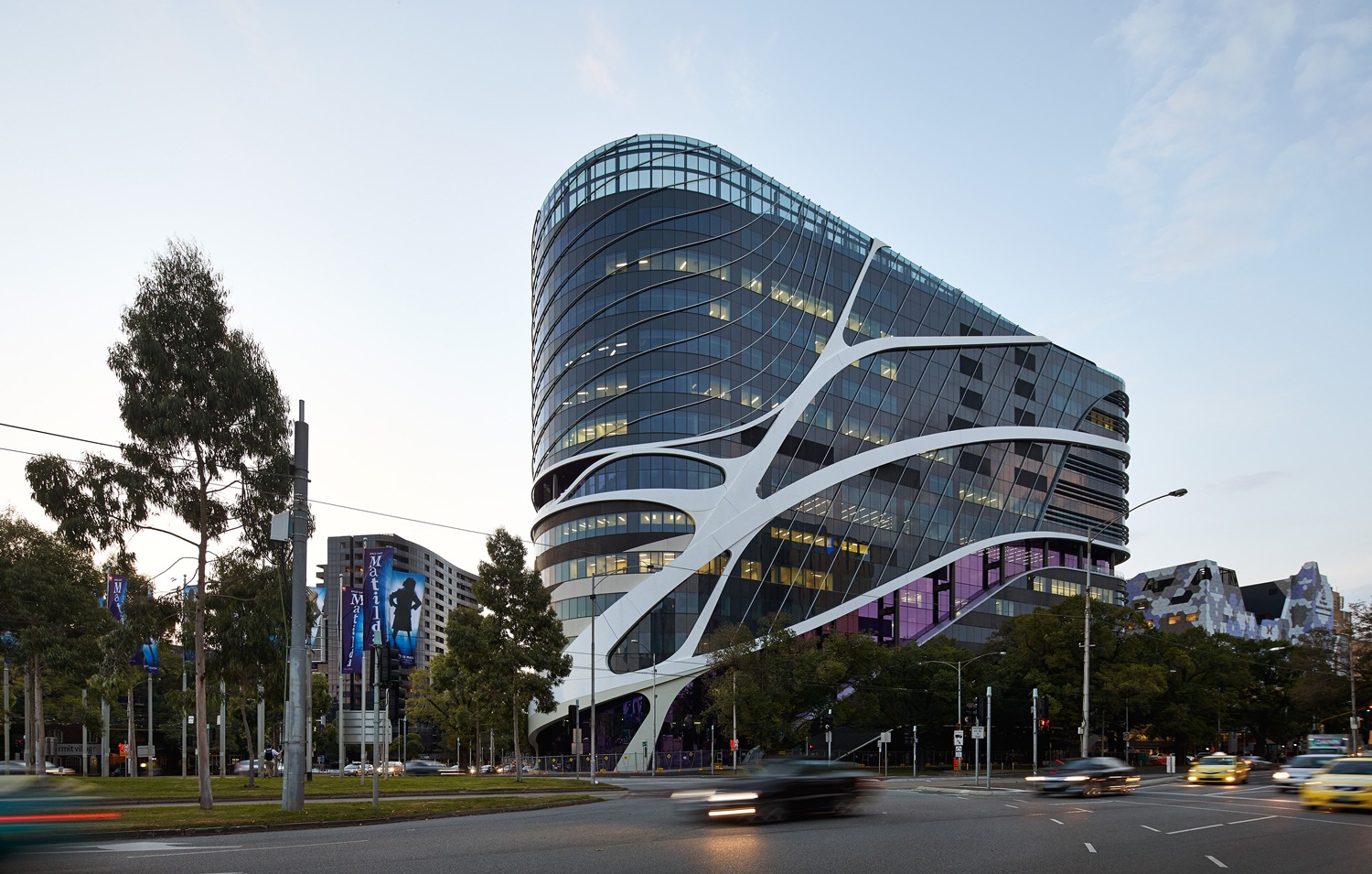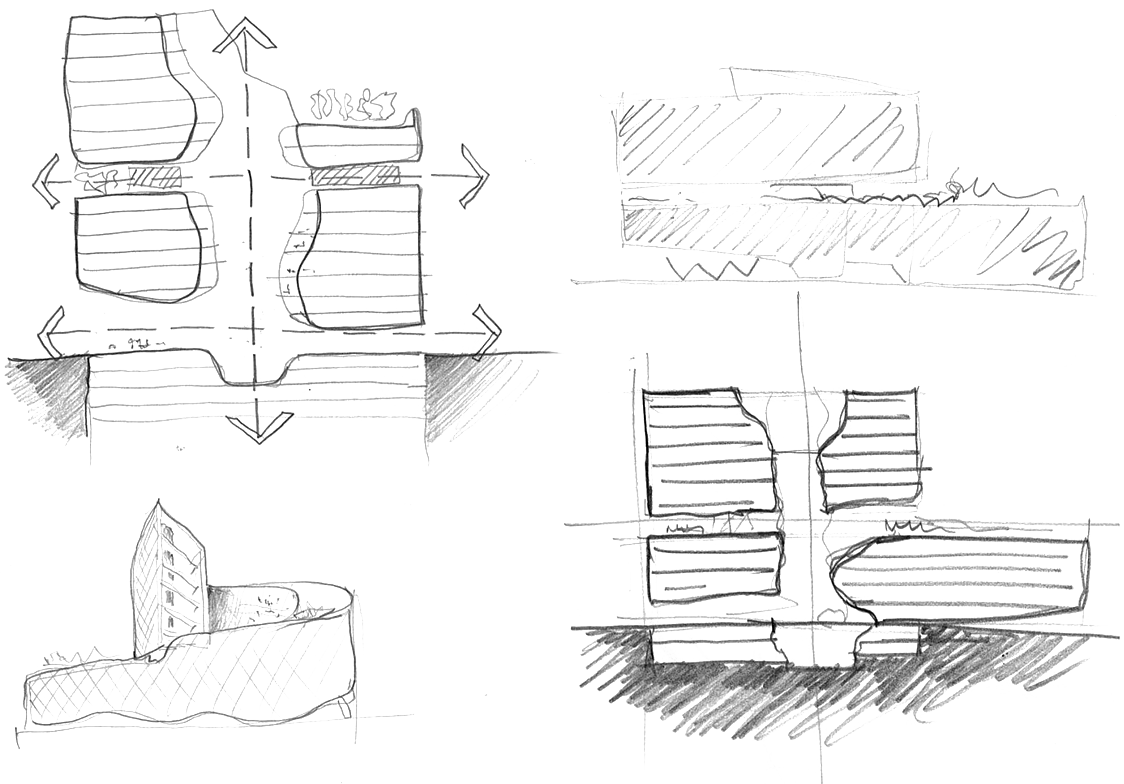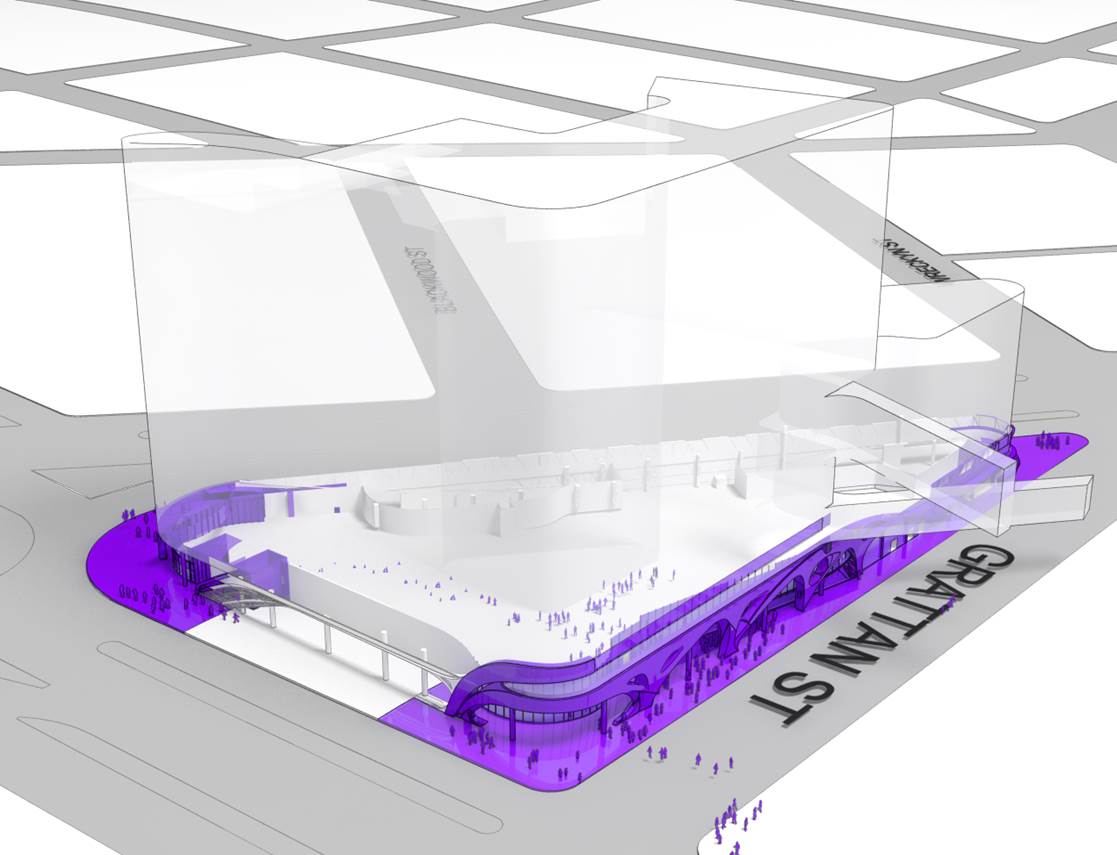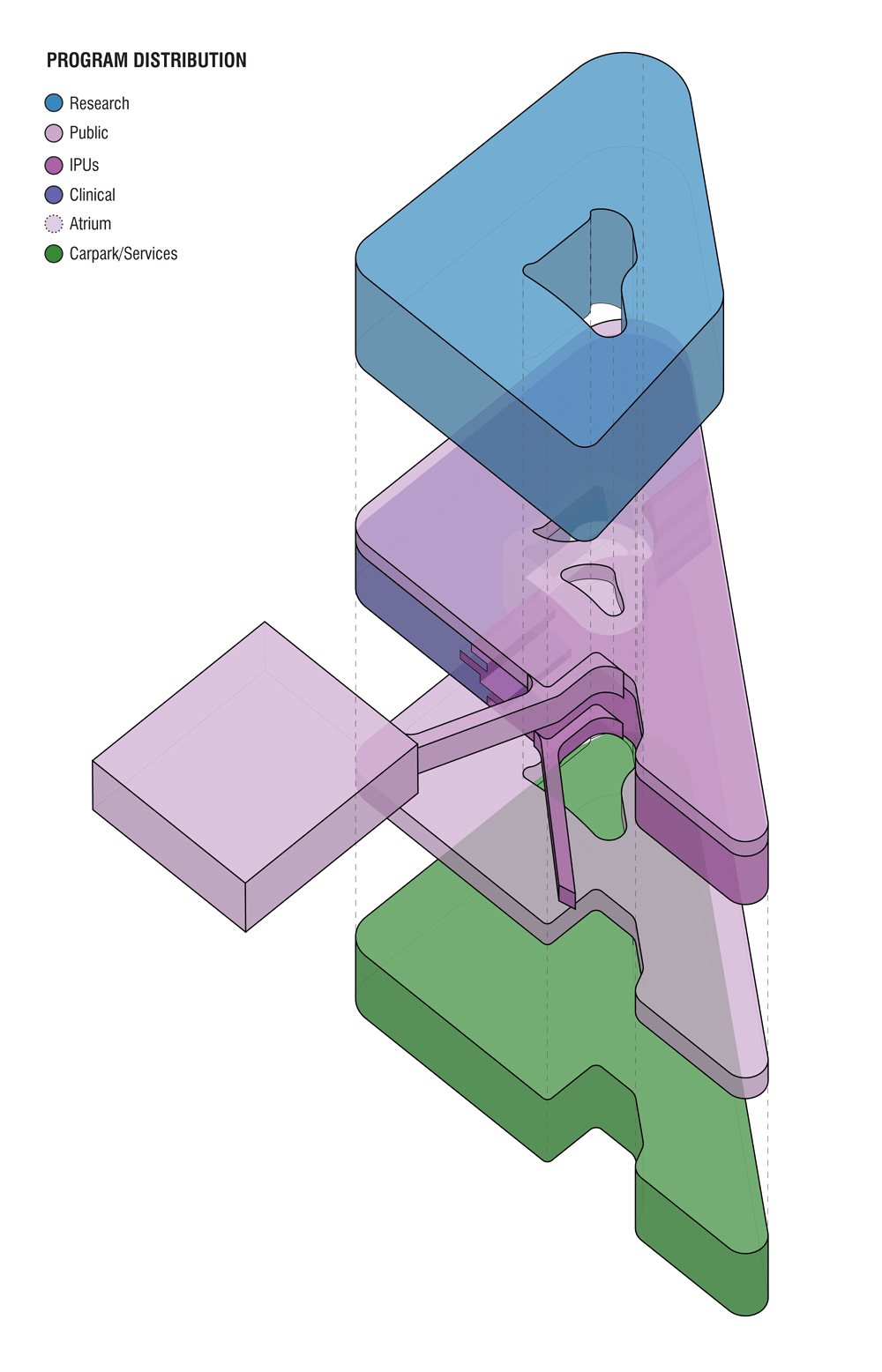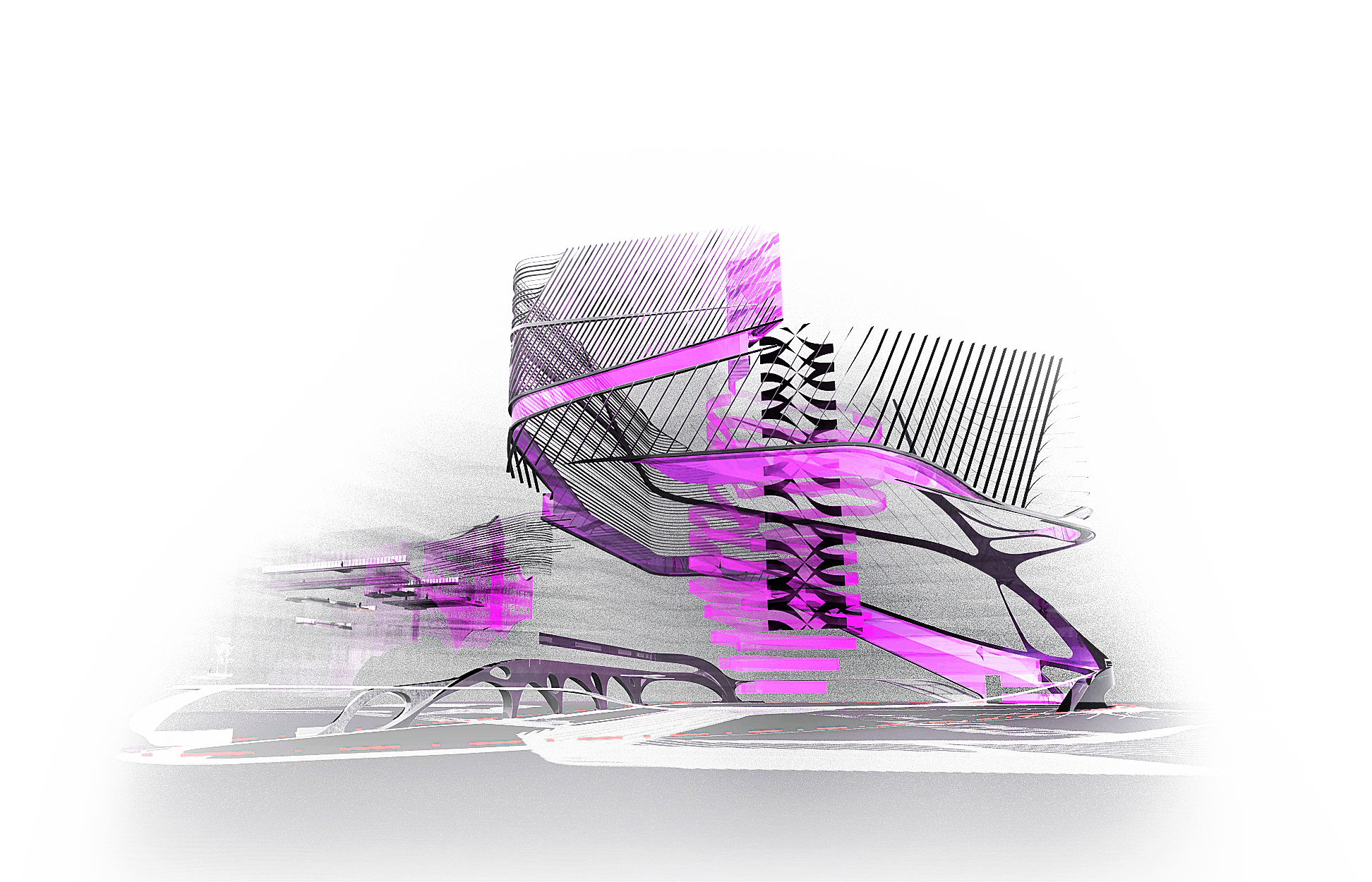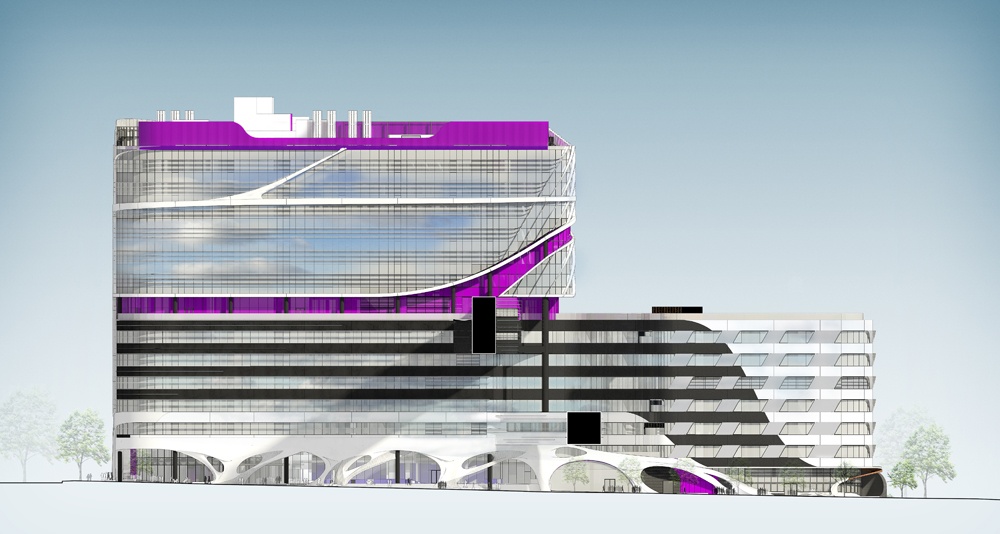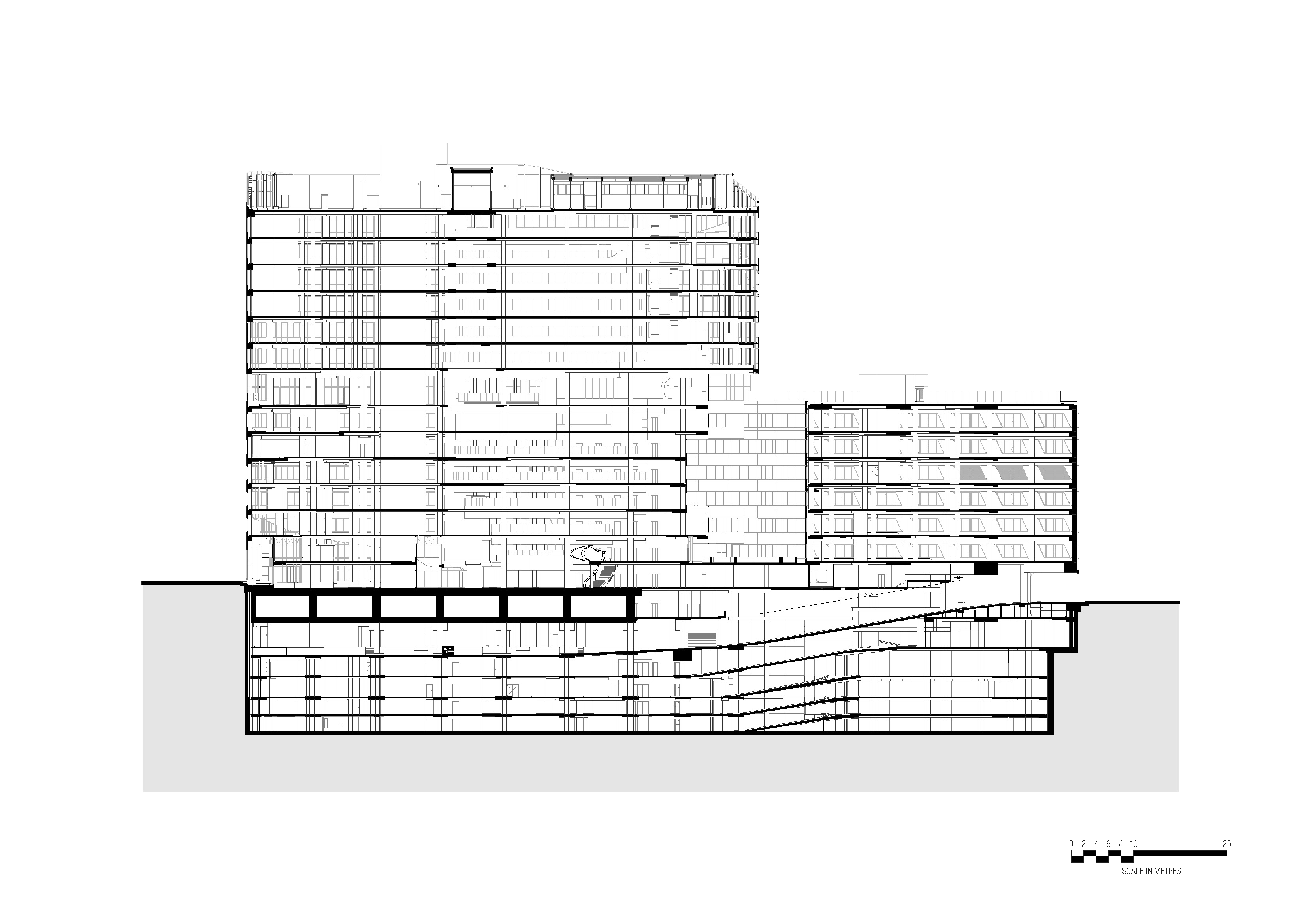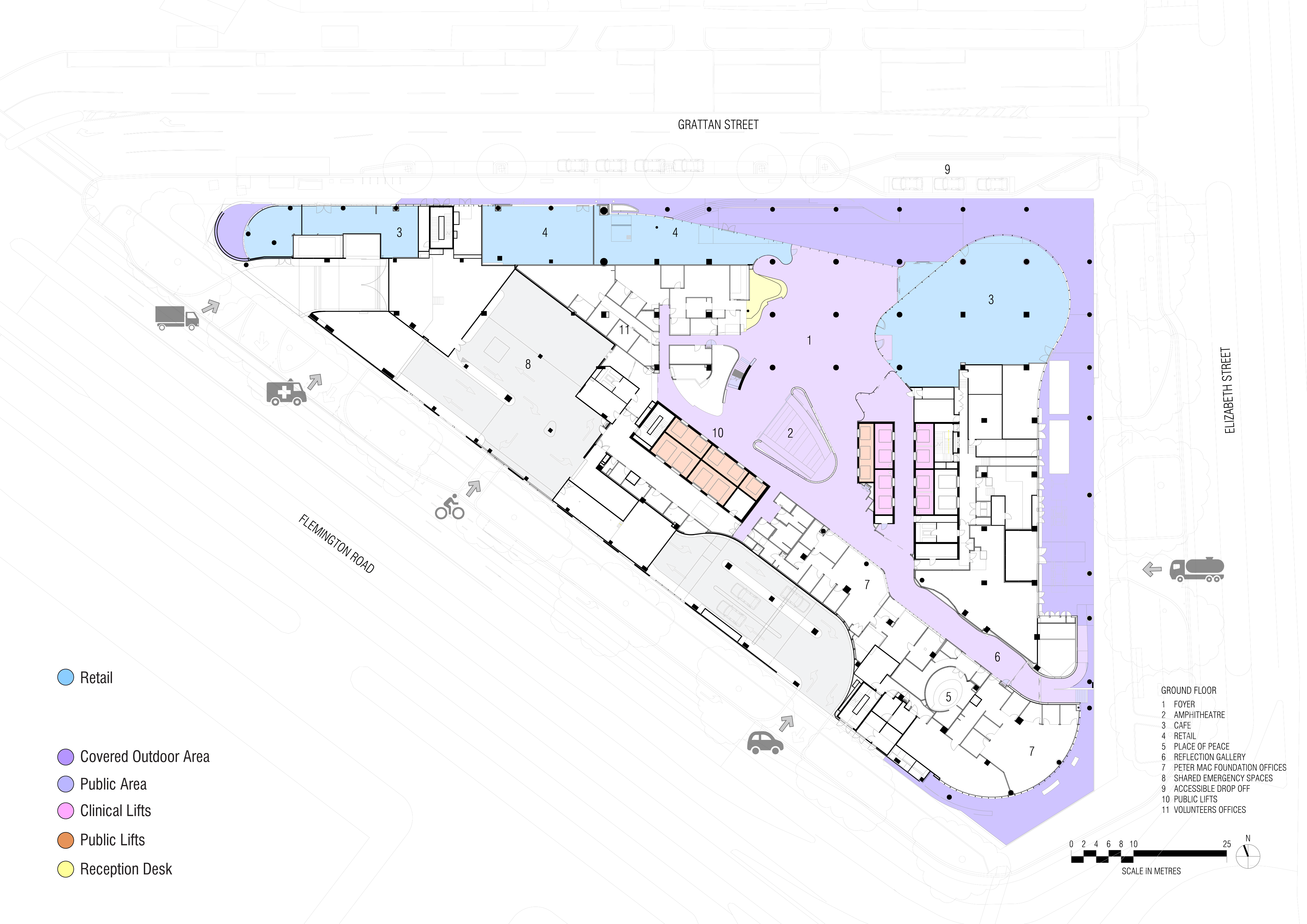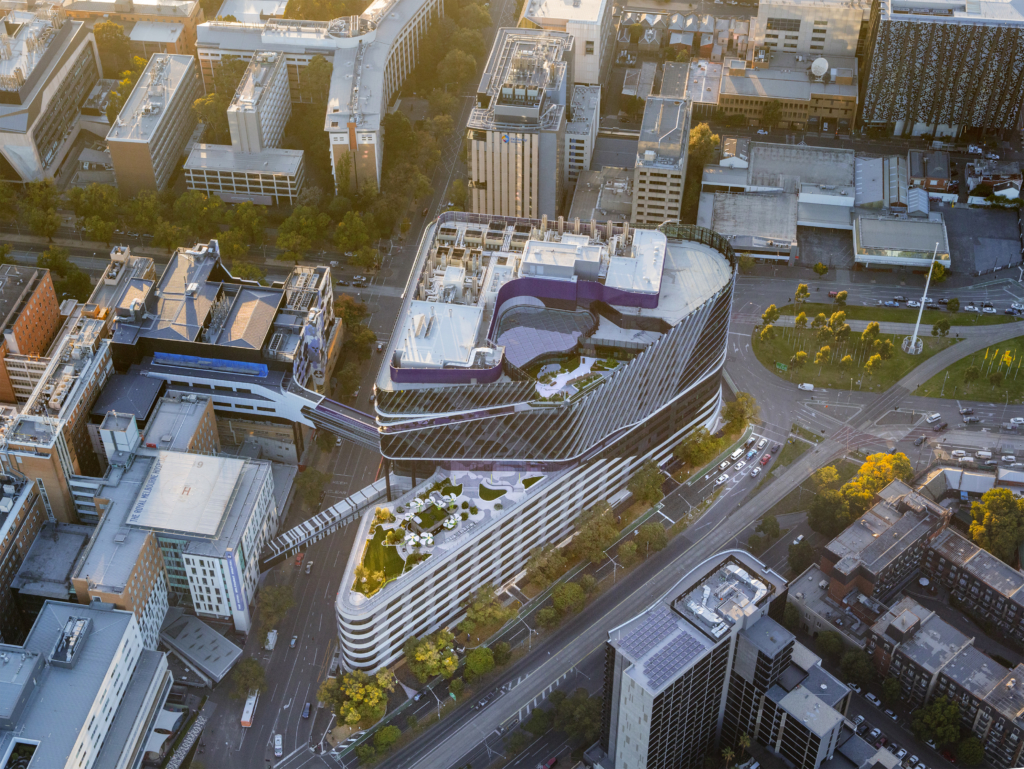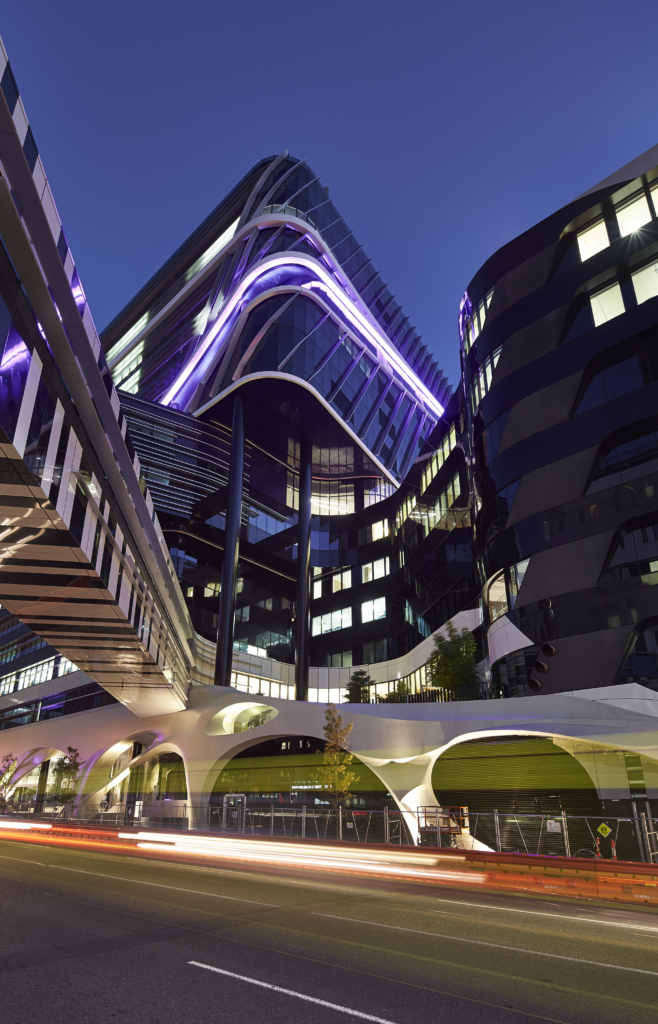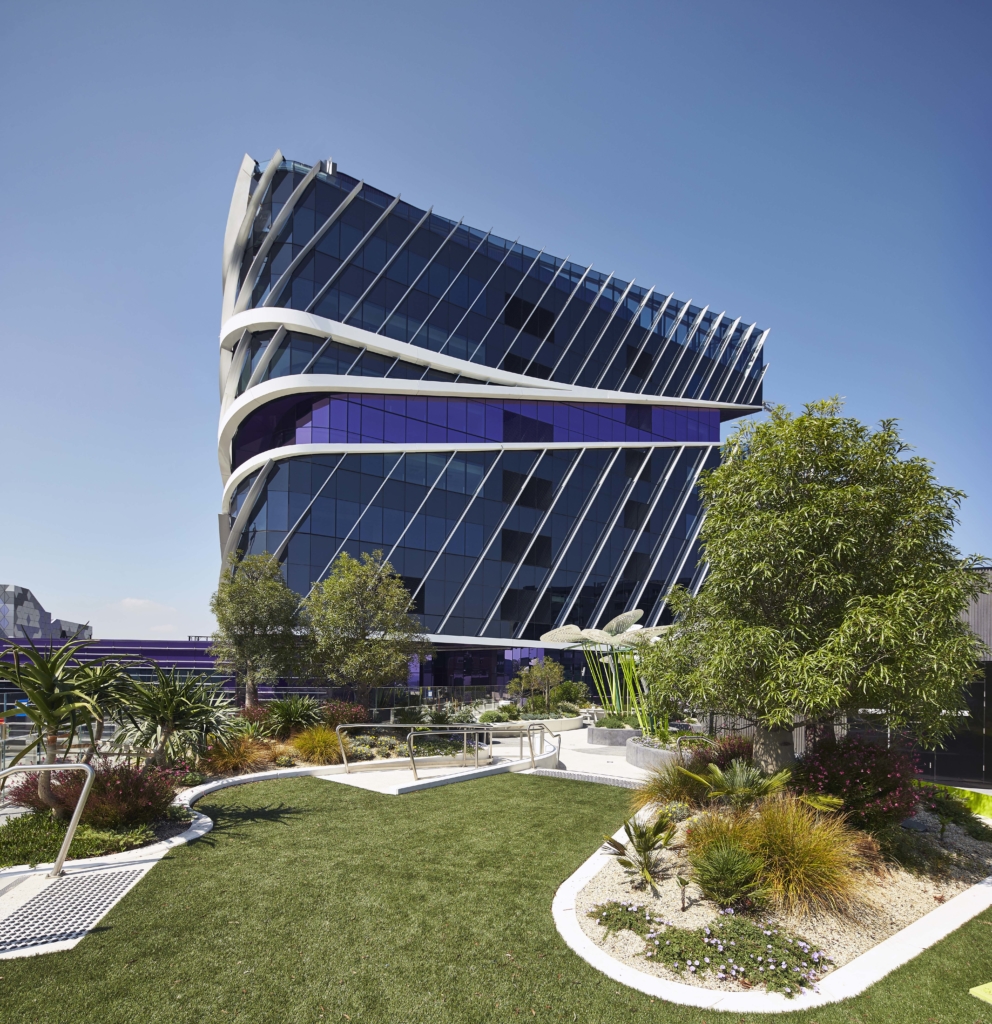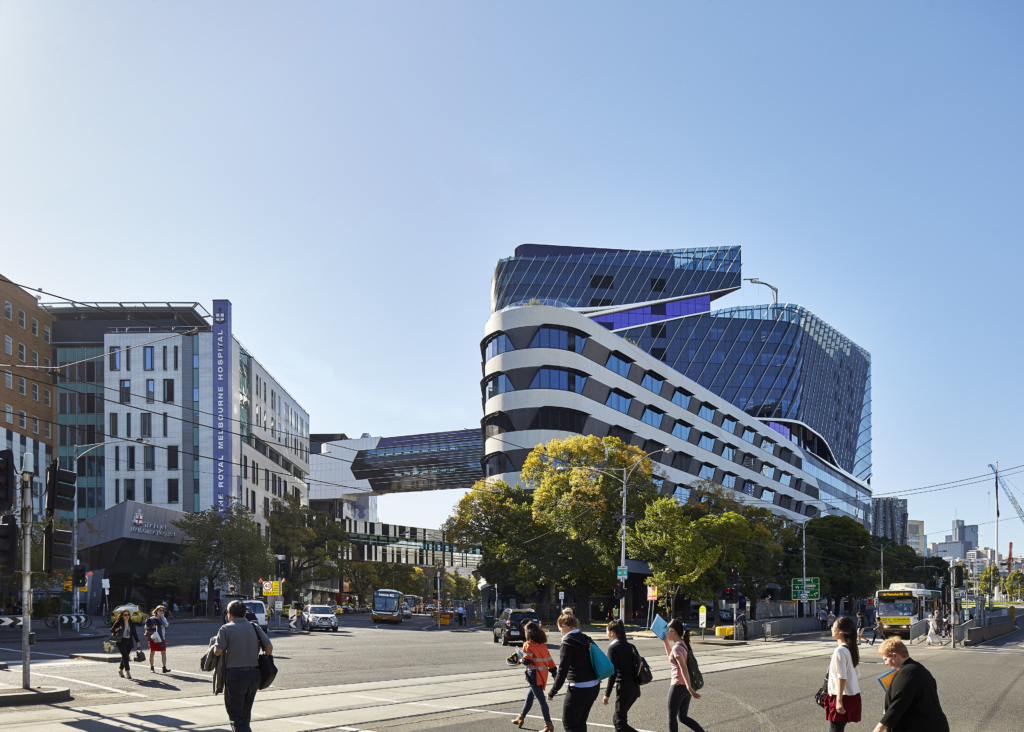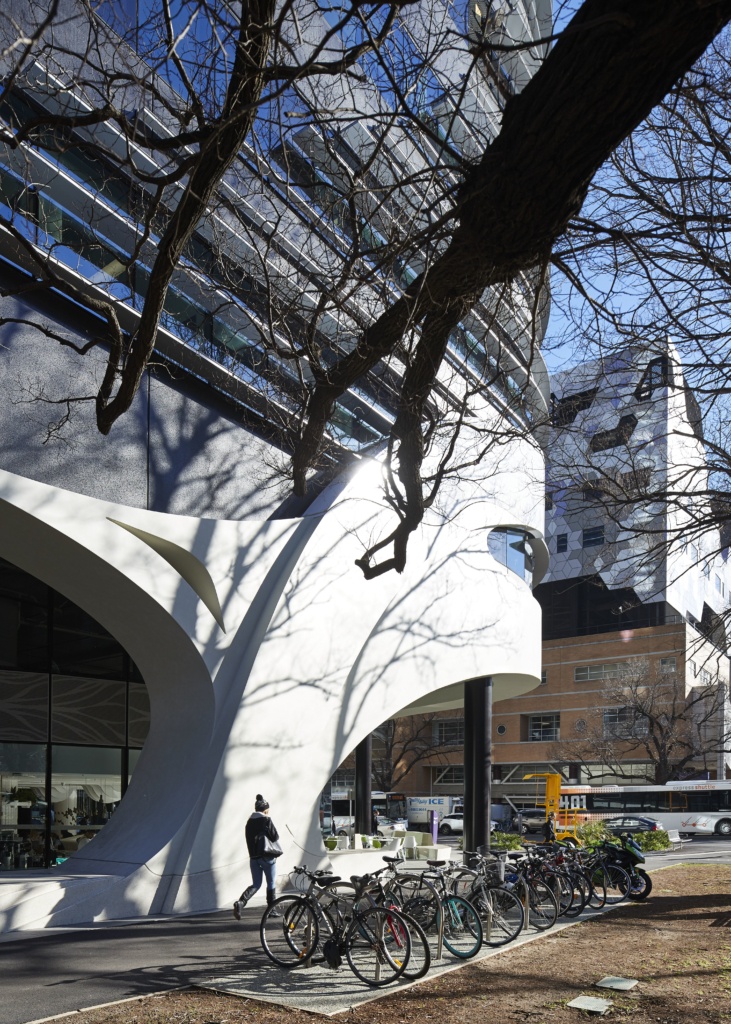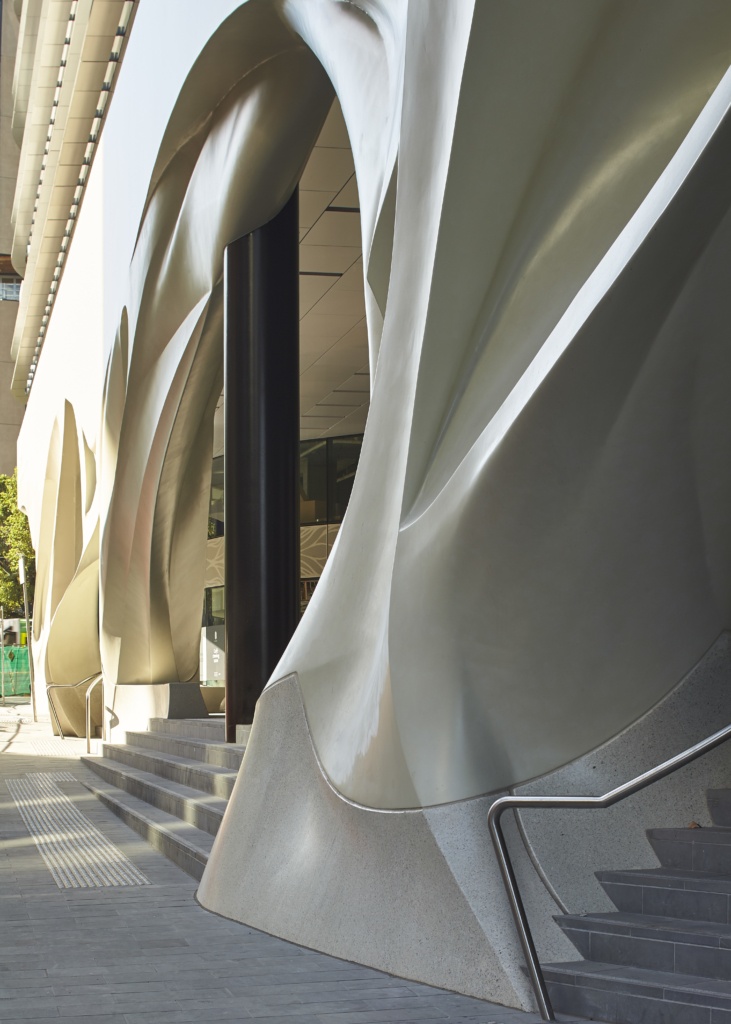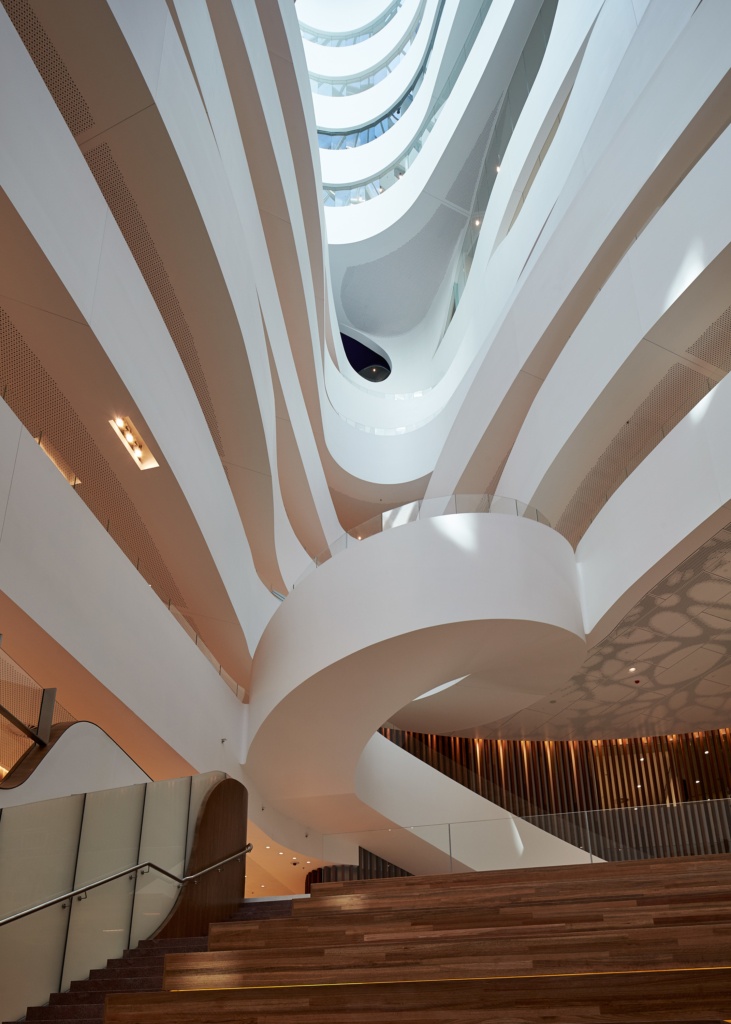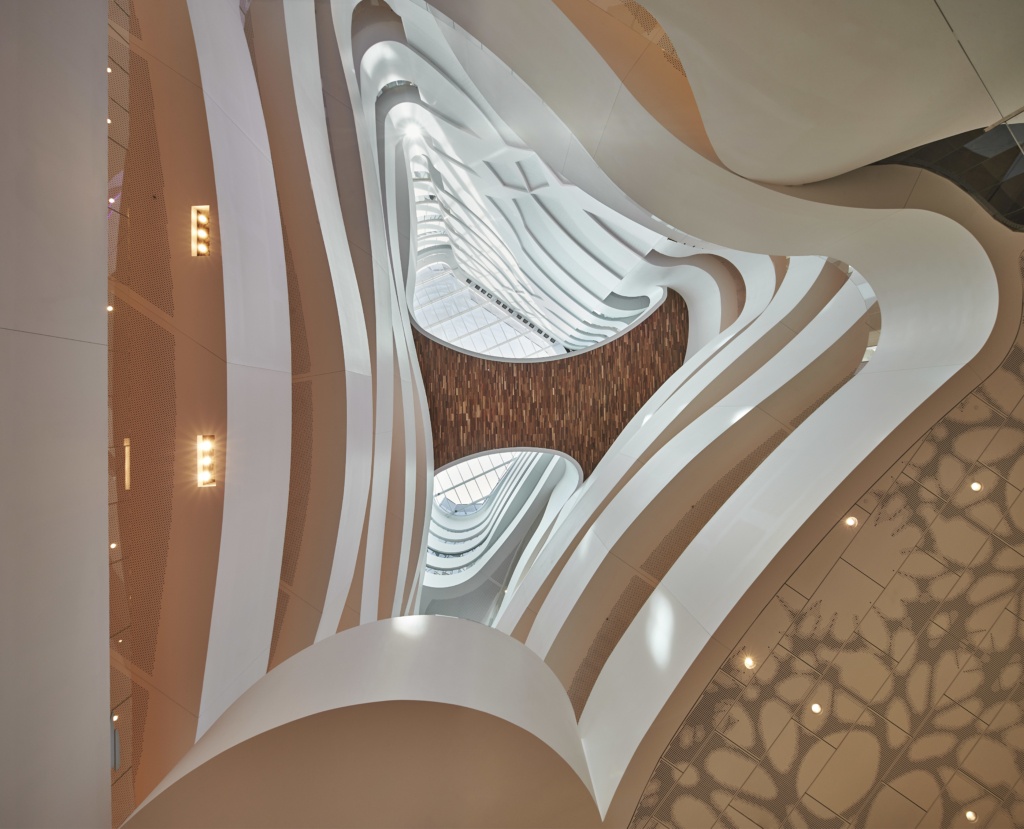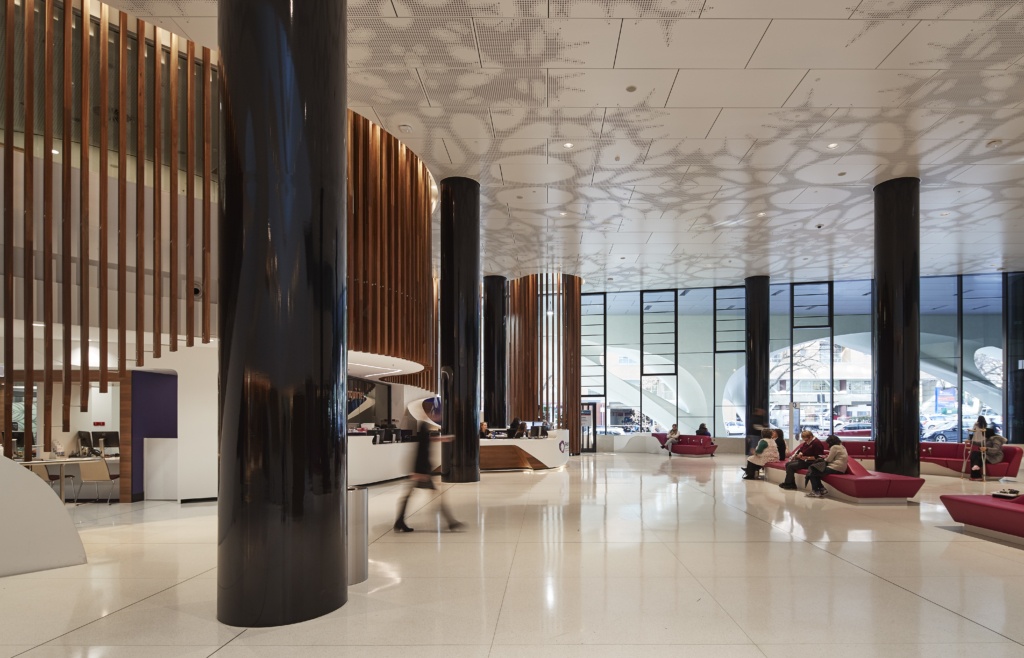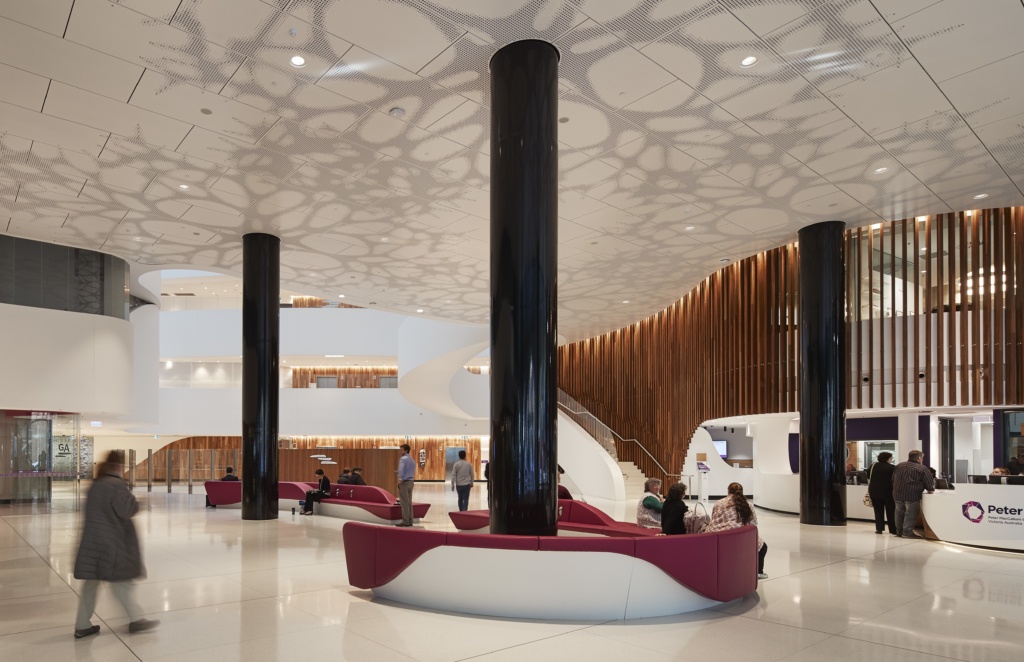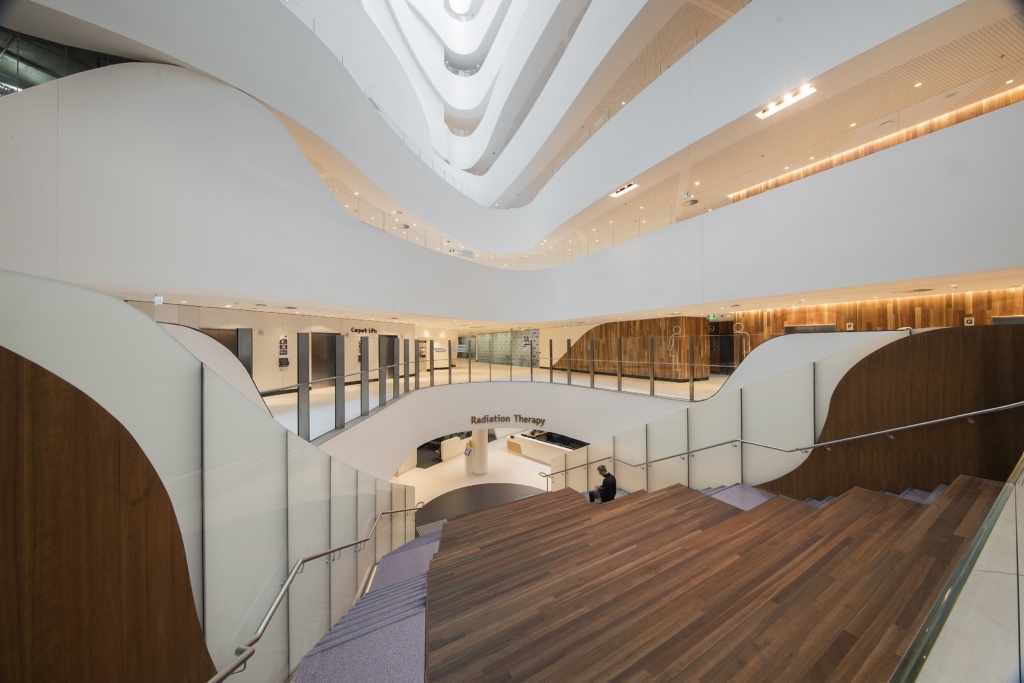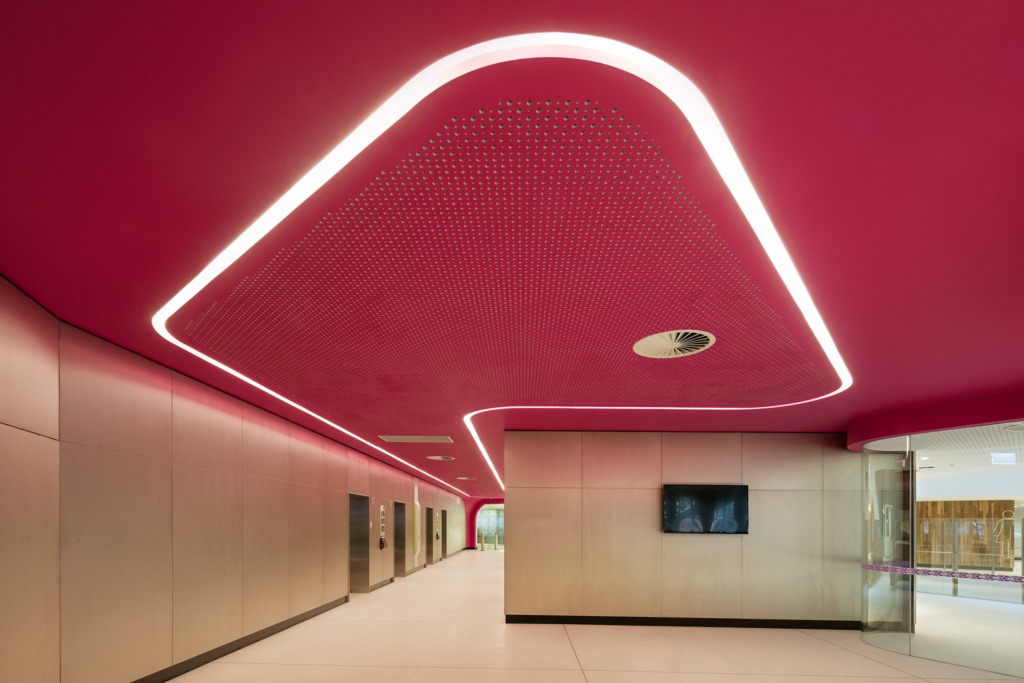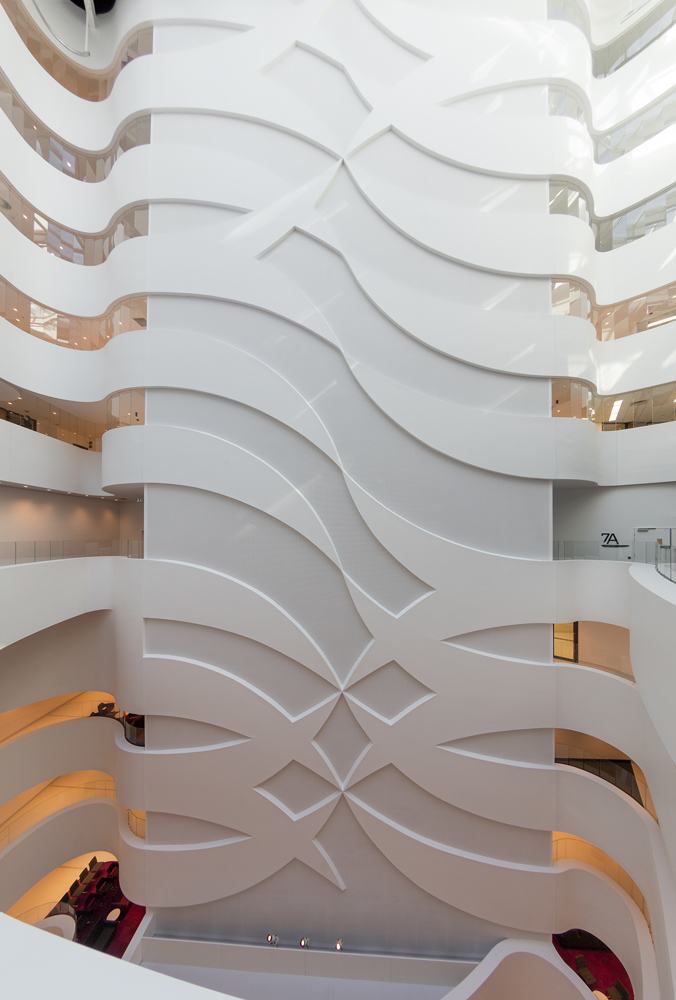The Victorian Comprehensive Cancer Centre (VCCC) is a unique and ambitious endeavour. A New Centre on a landmark Melbourne site, in a famous bio-medical precinct. The centre brings together new project partners in a collaborative work environment for world-leading research, education and clinical activities.
The new design is to be symbolic and representative of the bringing together of these project partners, of the creation of new networks and clusters of collaboration. The building will have an imagery that is expressive of optimism and progress. The key public building on a key Melbourne axis will acknowledge and make evident our collective endeavour to gain mastery over cancer. The centre will provide hope, health and wellbeing to all Victorians.
This new building will be instantly recognizable, both locally and internationally. It will be easy to access. The building will be surrounded by colonnades, retail facilities and high-quality materials to create an intriguing and delightful pedestrian environment and will greatly contribute to the public realm in Melbourne. The generous central atrium is a key element in the design and it will immeasurably enhance the internal environment of the centre. The atrium space will also not only provide light and wayfinding throughout but will be the focus of formal and informal collaboration and interaction for the staff and users of the centre.
Head of the consortium is Plenary Health, builder is Grocon/PCL & the architectural design team is Design Inc and Silver Thomas Hanley in partnership with McBride Charles Ryan.
